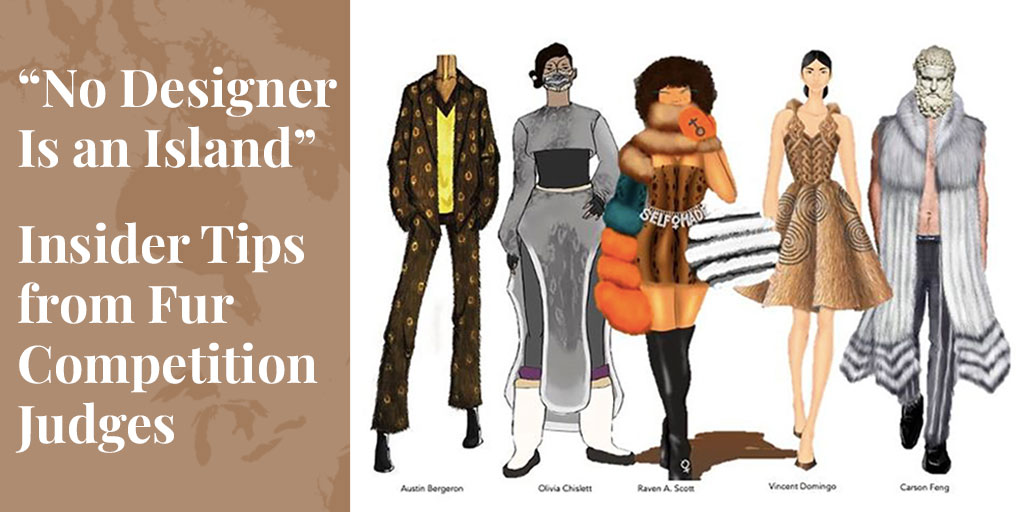
Last month, the 12 winners were announced of Canada’s inaugural National Fur Designers Competition, judged by four Canadians all with their fingers firmly on the pulse of the fashion business: stylist Shea Hurley, designers D’Arcy Moses and Sage Paul, and model Stacey McKenzie. Later this year – Covid permitting – the fur competition winners will enjoy an all-inclusive workshop in Toronto under the expert tutelage of stylist to the stars Farley Chatto.
So how did the judges get to where they are today, and what advice do they have for the next generation? Truth About Fur found out.
Shea Hurley, Fashion Stylist
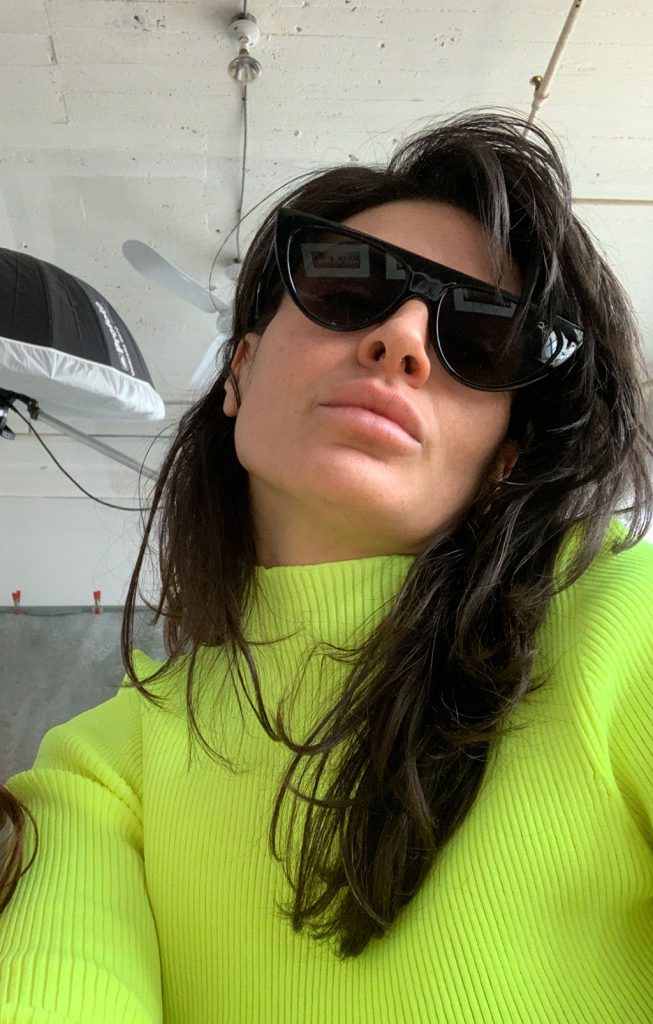
Grounded in fashion communications, buying, design and sales, Shea is now a sought-after fashion stylist. Her sense of style has helped top-tier advertisers and brands retain their edge as she strives to create value, inspire trends, and drive growth. To learn more, visit Shea’s agency, Plutino Group, and her Instagram account sheahurley, or drop her a line at [email protected].
Truth About Fur: If you could give one piece of advice to aspiring young designers, what would it be?
Shea Hurley: Be professional. Respect yourself enough to know your vision, what you’re trying to say with your offering, and stay consistent with that message. This, with proper business management, will give your brand integrity. Fashion and apparel design is a long game – you learn with every garment, every collection, every season. Constantly.
With that, do your homework, know your market, competitors and potential collaborators. No designer is an island. Have grit, and humility, be tenacious with flexibility and malleability. Build your network wisely.
TAF: When did you know you wanted to be a stylist?
Shea: Ha, I still don’t know that I want to be a stylist! It has been 15-plus years that I have absolutely loved and hated, but that’s part of it. It’s a part of me.
Seriously though, I fell into styling from wanting to be an agent or buyer, and was really great at it right out the gate. I have learned so much, seen so many places, met so many incredible people, all while playing dress up and creating so many different stories along the way.
TAF: Tell us about your life as a stylist.
Shea: Well, to be honest it’s quite a balancing act. As much as it is about the clothes, it’s more about the vision and players in each project. Lots of different personalities and tons of work, from sending pull requests to designers, showroom pulls, in store and online shopping to packing and unpacking, just to pack and unpack again. Writing carnets for customs, waiting on deliveries, pick ups, etc. Laying everything out neatly and safely, to then build looks. Steaming those looks for them to be wrinkled and steamed again, taping shoes to save the soles, pinning and clipping clothes to fit and/or hang properly, cleaning makeup off clothing and accessories. Chasing photographers who waltz models through fields, dirty alleys, puddles, mud, the list goes on. Dry-cleaning, mending rips, tears, button loss, etc. Organizing all the receipts and balancing budgets to fit the sometimes four-page expense reports. Keeping clients as well as merchants happy and satisfied on the same project can be a very difficult task that requires lots of tact, thank you cards and bottles of wine as gifts for everyone’s special occasions. And then onto the next project. The stress truly never ends. But all in all it is very fulfilling and I do love it.
There are plenty of perks too. Working with incredible pieces of clothing that are history in the making, alongside dynamic people (models, celebrities, personalities, designers, creatives, photographers), to build an idea from the ground up fuels me. Fashion shows are a tremendous amount of work but also can be so magical and inspiring to attend and work on. Same for events. The networking never ends, so as enjoyable as it is to socialise within the industry, it is still and always will be work. Needless to say, I love what I do.
D’Arcy Moses, Fashion Designer
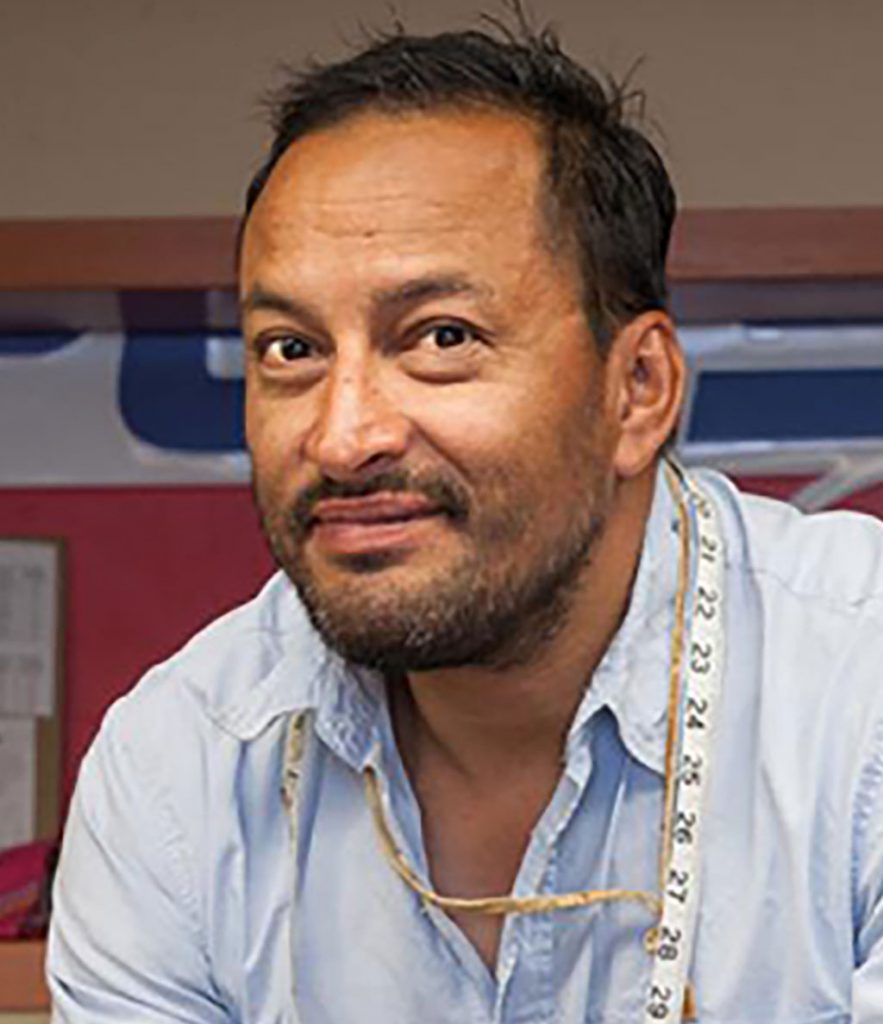
As an infant, D’Arcy was adopted by a white family in Alberta, and didn’t learn he was Slavey Indian until he was 18. He has since reconnected with his roots, while going from starving artist to celebrated designer, with a passion for trendy clothes incorporating First Nations elements. For more on his remarkable journey, read “D’Arcy’s big bet” by Up Here magazine.
Truth About Fur: What advice would you give to aspiring designers?
D’Arcy Moses: Be yourself. If you have a great design concept – one that’s honest, from the heart – then use it. Work hard toward this. There is no free easy street with design; it takes dedication and hard work.
TAF: When did you know you wanted to be a fashion designer?
D’Arcy: I was about 12 years old and I was leafing through one of my mother’s Harper’s Bazaar magazines. It was a photograph of Yves Saint Laurent with Catherine Deneuve. A black velvet dress with a huge pink bow, back of the dress. Iconic. There was an energy there. I knew that this was what I wanted to do. Couture.
TAF: How did you get to where you are today?
D’Arcy: It all started in Vancouver. I was a young Dene man – 19 years old – who wanted to design. I bought my first sewing machine from a pawnshop on East Hastings Street for $60. I felt freedom for the first time. After that, I could only afford to buy beautiful cloth (pure silks) at about 10 centimetres at a time. I was a waiter at a Whitespot Restaurant, and saved every dime. There is no shame in being a waiter. It’s honest, hard work, and I kind of loved that job.
Then I got a grant from the then Canadian Native Arts Foundation [renamed the National Aboriginal Achievement Foundation in 1997 and Indspire in 2012] of $1,600 – a king’s ransom for a young designer. So I used this to build a collection that was shown at the Four Seasons Hotel.
Then I decided to move to Toronto, and driving across Canada was beautiful. I got to Toronto and was poor, poor, poor! But a new life lay ahead!
I was making stretchy tube dresses to sell on the streets of Toronto. I was looking for a label manufacturer and accidentally dialled the Toronto Fashion Incubator. I remember asking the woman on the phone – her name was Mimi – for a label manufacturer. She said no, but put me in touch with the Incubator’s director at the time, Carol Outram. I met her, she looked through my drawings of my designs, and then slammed my portfolio shut. I was terrified. She told me, “In a few years, you will be famous.”
After that, I applied to the Toronto Festival of Fashion / New Labels, and was accepted. More hard work followed, and I was still buying fabrics by the centimetre. I was working at the then Simpsons department store in the basement at minimum wage.
Then my collection took off and the press took notice, plus very good friends supported me. And then came licenses. The retail landscape has changed, but it’s looking good so far!
SEE ALSO: D’Arcy Moses: First Nations heritage inspires modern fur designs. Truth About Fur.
Sage Paul, Fashion Designer
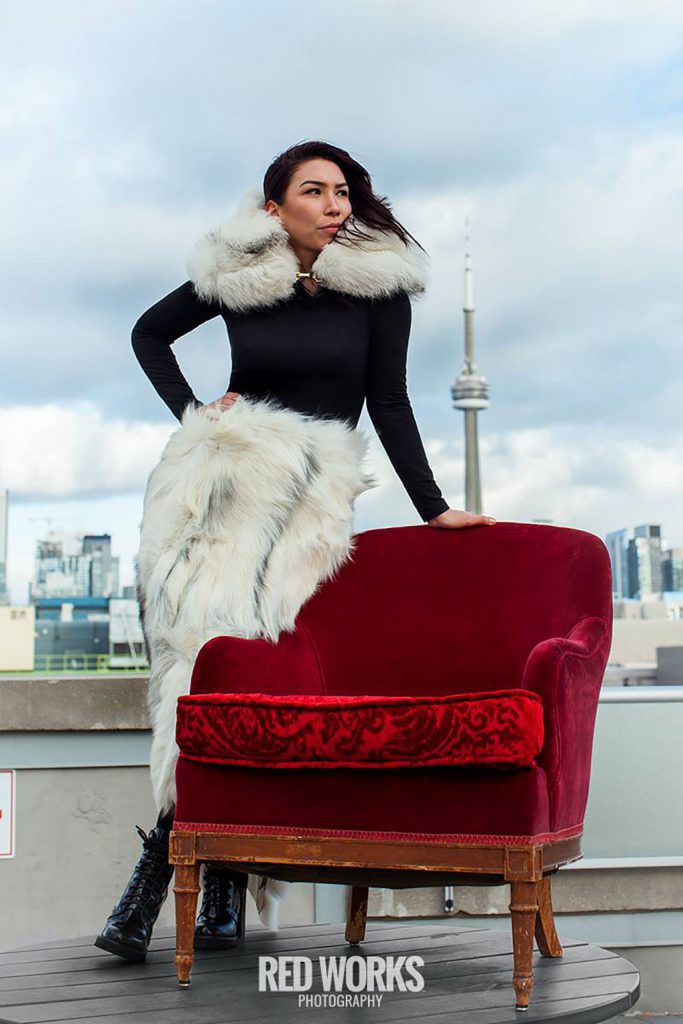
Sage is a member of the English River First Nation, based in Toronto. She is an award-winning artist and designer, and artistic director of Indigenous Fashion Week Toronto. See her full bio at Sagepaul.com.
Truth About Fur: If you could give one piece of advice to aspiring designers, what would it be?
Sage Paul: Keep at it! It’s a challenging road to making a career in fashion, but it is totally realistic and possible if you keep at it.
TAF: When did you know you wanted to be a designer?
Sage: When I was just a little girl! I was inspired and encouraged by the women in my community to create, and so I did, because I loved it.
TAF: Tell us something about your designer life.
Sage: My designer life has shifted these days to focusing on Indigenous Fashion Week Toronto (IFWTO). It’s important to me to create this space for Indigenous designers before I can get back to design.
Stacey McKenzie, Model
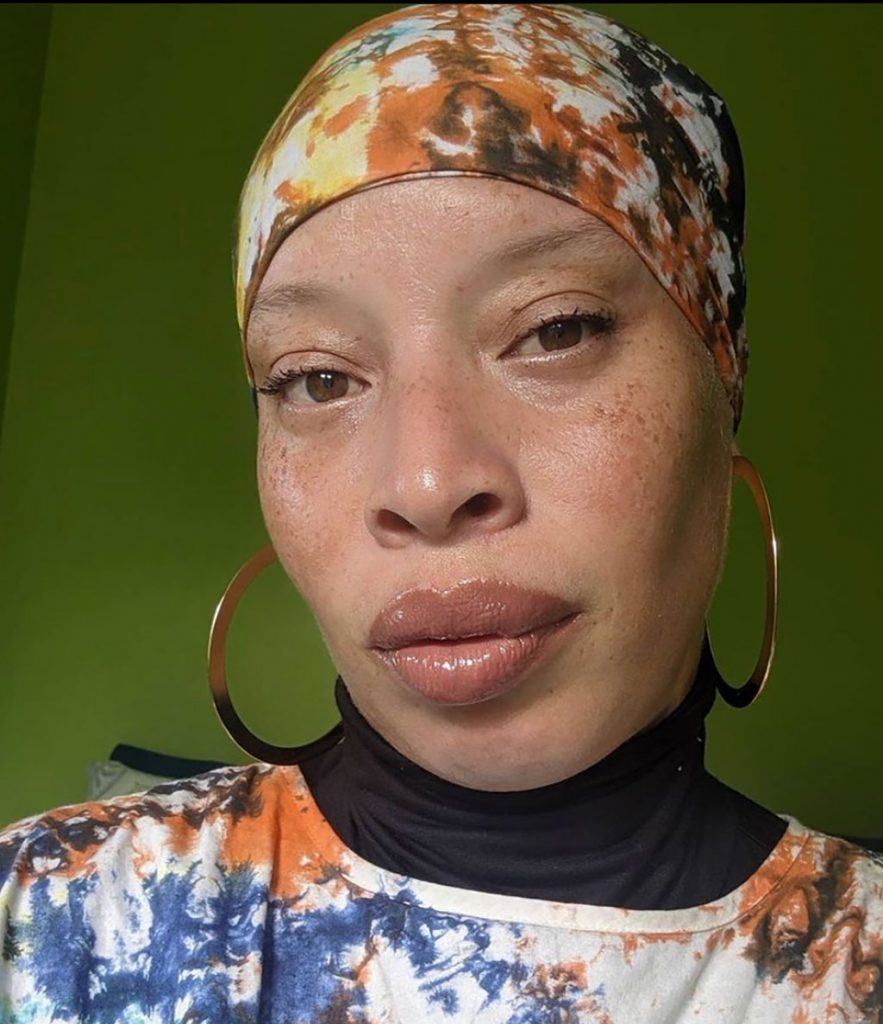
Born in Jamaica, Stacey is a model, TV personality and motivational speaker. She has appeared in Vogue, Harper’s Bazaar, Interview, Essence and Flare, and in ad campaigns for Calvin Klein, Jean Paul Gaultier and MAC Cosmetics. She has been a judge on both America’s and Canada’s Next Top Model. To learn more, visit her on staceymckenzie.com, Instagram, Facebook, and Twitter.
Truth About Fur: If you could give one piece of advice to young designers, what would it be?
Stacey McKenzie: My advice to aspiring designers is to never give up. I’ve met quite a lot of aspiring fashion designers within Canada and they focus on making it in Canada, but when it doesn’t happen, they give up. They need to push themselves by not being so comfortable, try other cities/countries, try to get people to rock their clothing, put themselves out there and don’t give up on making it.
TAF: When did you know you wanted to be a model?
Stacey: At the age of nine I learned that modelling is a career, and I learned what it takes to be a model and knew right away that’s what I wanted to be. I felt within my heart I was meant to be a model, and was persistent because I felt so strongly about it. I was different looking, and even though I got a lot of negative attention, I realised I was getting attention which I took as a positive thing and that it could work in my best interest becoming a model. When I moved to Toronto, I learned more about fashion through shows like FashionTelevision and Fashion File, plus I had the opportunity to see and buy fashion magazines which doesn’t exist in my country.
TAF: Tell us about the Walk Camp.
Stacey: The Walk Camp is a camp I started for young girls within inner city neighbourhoods who wouldn’t necessarily have the opportunity to be mentored by the likes of certain people within their respective fields. I grew up in these same communities and know what it felt like to not have someone or people guide me the right way, so I wanted to create a day camp giving the 30 girls I choose every summer the opportunity to be mentored by professionals. Some of the mentors include the former High Commissioner of Canada Laurie Ann Peters, host of Toronto’s Breakfast Television Dina Pugliese, host of CityLine Tracy Moore, fashion designers Sunny Fong and Farley Chatto, singer Liberty Silver, plus many more. The Walk Camp recently launched in Jamaica, the country of my birth, which I am really excited about because that’s where my journey began. It’s been a blessing.
***
To learn more about donating to Truth About Fur, click here.











National fur designer competition is great to audit better fashion designers. These fur outfits give elegance and style to people.
Canada has the best competitions that define the best fashion ideas.